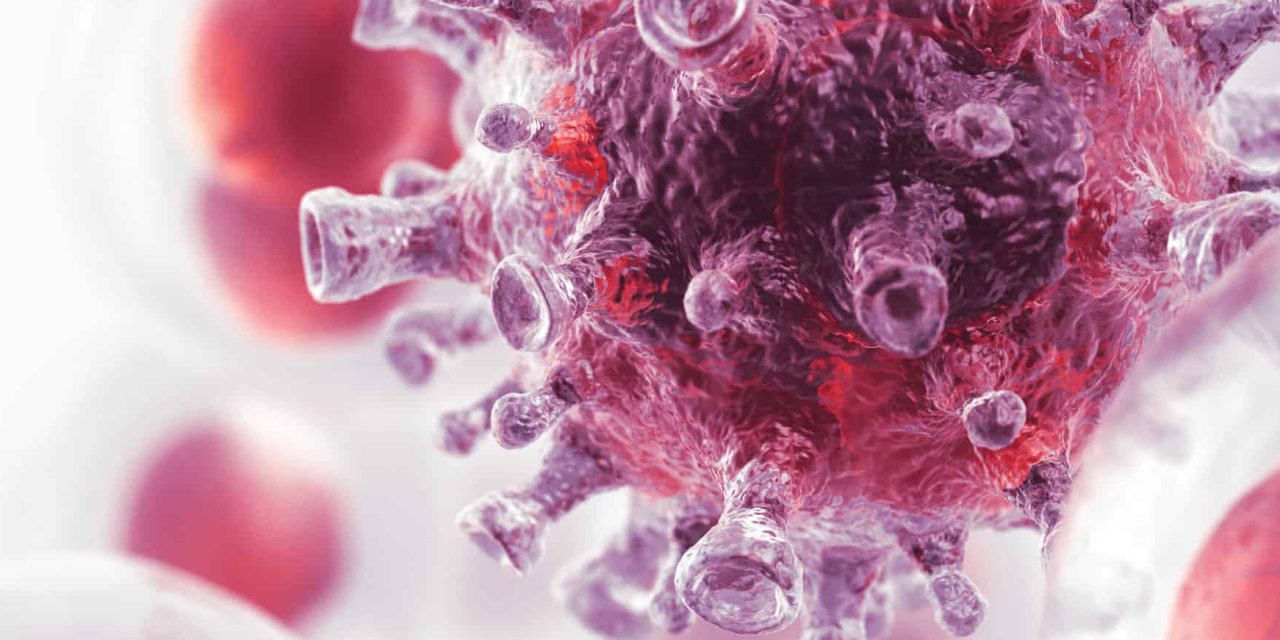On-Demand PrEP Benefits Infrequently Sexually Active MSM
Previous studies indicate that men who have sex with men (MSM) can achieve a substantial reduction in HIV-1 incidence with on-demand PrEP when these men use an average of 15 pills per month and have sexual intercourse an average of 10 times per month. Whether PrEP remains effective when compared with placebo among MSM having less frequent intercourse and using fewer pills was assessed for a study. All HIV-1 infections occurring during the study were in participants who received placebo, making for a relative HIV incidence reduction of 100% with PrEP. Participants had sexual intercourse an average of five times per month and used an average of 9.5 pills per month. When the analysis looked at periods when participants reported at least one condom-less sexual act, HIV incidence was 12.3 per 100 person years in the placebo group and 0.0 per 100 person years in the PrEP group.
—————————————————————-
Self-Tests Increase HIV Testing
Prior research from Australia showed that a program promoting self-testing of HIV successfully doubled the frequency of HIV testing in gay men. To determine if a similar program would be successful in the United States, researchers recruited more than 2,000 men who have sex with men (MSM) and randomized half to receive four self-testing kits in the mail at the beginning of the 1-year study. During the year, 79% of those in the intervention group reported testing for HIV at least three times, compared with 22% in the control group. Only 3% in the intervention group reported not taking any tests, compared with 36% in the control group. Among those who had never tested for HIV prior to study enrollment, 70% in the intervention group and 7% in the control group reported testing for HIV at least three times during the study.
—————————————————————-
Cannabis & T-Cell Activation
Little is known regarding how cannabis may affect HIV pathogenesis. For a study, researchers sampled plasm and peripheral blood mononuclear cells from HIV-infected, antiretroviral therapy-suppressed patients who self-reported either no or daily cannabis use and no other drug use. No differences were observed between cannabis and non-cannabis users in clinical characteristics or inflammatory biomarkers. However, significantly lower frequencies of PD-1 and HLA-DR+CD38+ expressing CD4+ and CD8+ T-cells were detected in those with high levels of cannabis use when compared with non-users, even after adjusting for age, gender, CD4 count, and tobacco and alcohol use.
—————————————————————-
Multidrug Tablet Maintains HIV Suppression
Although HIV protease inhibitors have been shown to be effective in providing durable antiviral activity with a high barrier to resistance, single-tablet regimens containing these agents are not available to HIV patients in the United States. Patients with an average CD4 count above 600 cells/mm3, a viral load below 50 copies of HIV RNA/mm for at least 2 months, and normal kidney function were randomly assigned to a single-tablet regimen containing the protease inhibitor darunavir, cobicistat, emtricitabine, and tenofovir alafenamide or their current, multi-tablet treatment regimen for 48 weeks. Rates of viral suppression at 24 weeks (96.3%, 95.5%), viral rebound (1.8%, 2.1%), and drug-related grade 3 or 4 adverse events (1.2%, 0.5%) were similar in both treatment groups. The study authors suggest that the convenience of a single tablet may help improve or maintain treatment adherence levels in this patient population.
—————————————————————-
Comparing Comorbidities in Patients With & Without HIV
Despite improvements in treatment in recent years, patients with HIV often experience comorbidities. While comorbidities have been assessed in this patient population, data are lacking that compare comorbidities among patients with HIV with those of patients without the infection. For a study, the prevalence of comorbidities experienced by patients with HIV were estimated and compared with those of a matched control group. Among the mostly male (68.9%) study population with an average age of 46.6 years, hypertension was the most prevalent comorbidity for those with HIV (27.8%) and those without (23.6%). Rates of other comorbidities were also higher in HIV patients than in those without the infection, including cardiovascular disease (7.5% vs 4.1%, respectively), hepatitis B or C coinfection (15.0%, 0.4%), and chronic renal disease (1.0%, 0.1%)
—————————————————————-
No HIV Transmission in Virally Suppressed MSM
Previous research suggests that HIV-positive people do not transmit the virus to HIV-negative sexual partners when their virus is virally suppressed. To confirm these findings, HIV transmissions were assessed in a study of nearly 17,000 acts of condom-less anal sex among 343 gay couples in which one partner was HIV-positive and had an undetectable viral load 98% of the time and one was HIV-negative. Zero cases of HIV transmission were recorded, even among the 1.7% of condom-less anal sex acts that occurred during the first 6 months of antiretroviral therapy. Despite prior studies suggesting that transmission is 10 to 20 times more likely if the HIV-positive partner is the insertive partner and is not virally suppressed, sexual position did not affect transmission rates in the current study. All new HIV infections that occurred among study participants were found upon genetic analysis to have resulted from sex with an HIV-infected partner outside of the studied relationship who was not virally suppressed.


